1. Mickey and Minnie Mouse share the exact same birthday — Nov. 18, 1928 — as they both appeared in Steamboat Willie together:
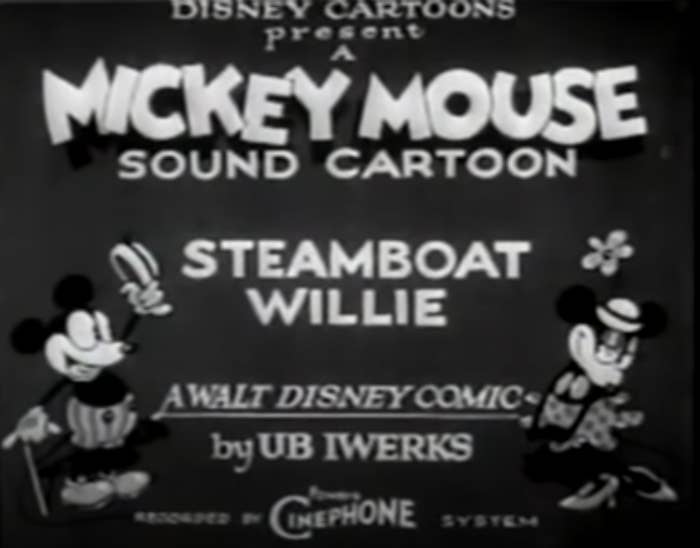
2. The first cartoon Disney made in color was the Silly Symphony short Flowers and Trees. The cartoon was also the first to be made in Technicolor (making it the first full-color cartoon) and was so innovative for the time, too, that it would earn Walt Disney his first Oscar — an Academy Award for Animated Short Subjects.
3. The first sound cartoon in color is 1930's Fiddlesticks — though it's not fully color as it used a two-color processing system. The cartoon — which was about the character of Flip the Frog — was created by Ub Iwerks, an early Disney animator who worked with Walt for 10 years. He left the studio in 1930 over various creative differences. Fiddlesticks also features a mouse that looks a lot like Mortimer Mouse, and it's speculated that it's because it's actually an early design of Mickey Mouse, whom Iwerks helped refine the design of.
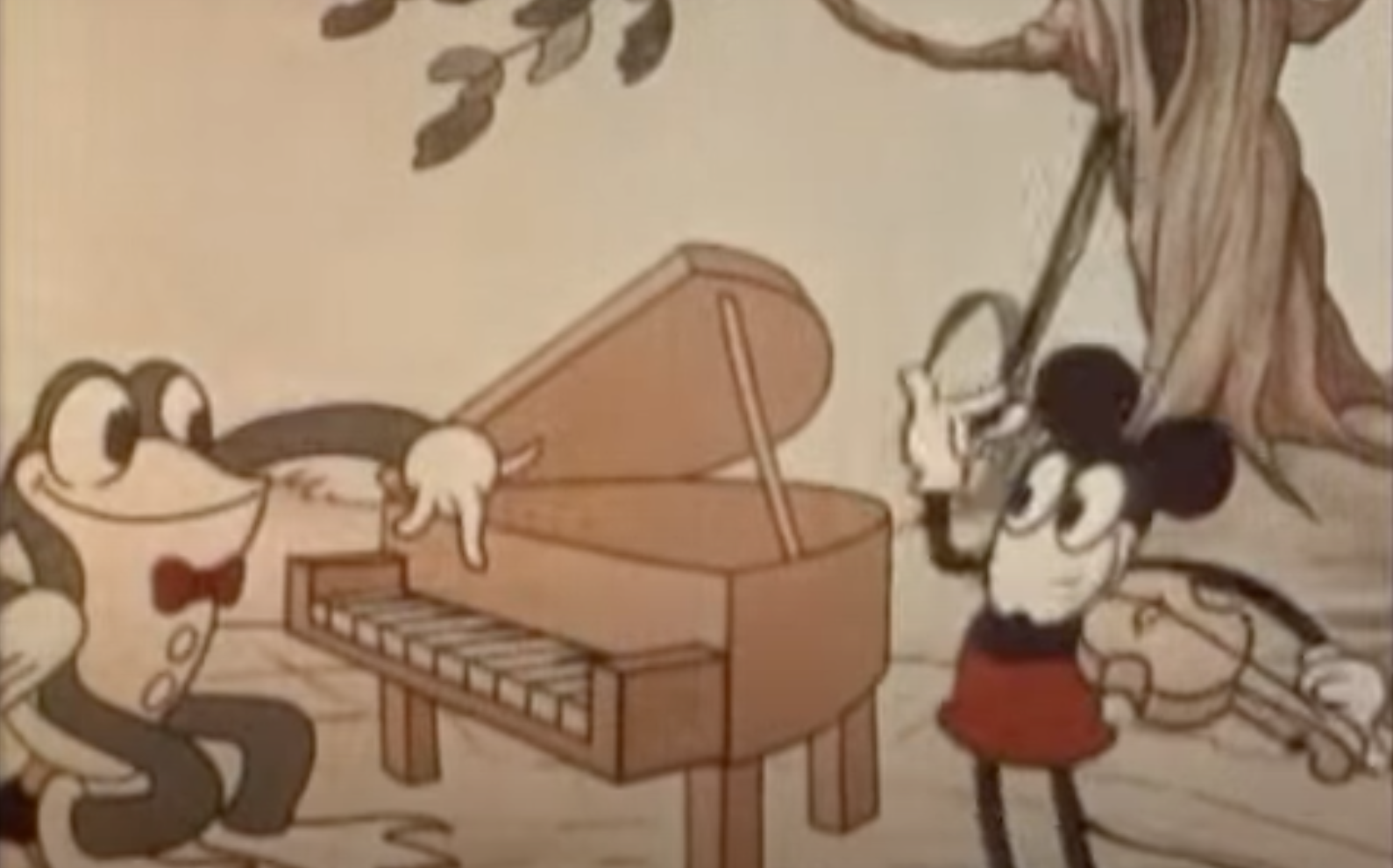
4. The term "Disney Vault" is actually a lot older than you might think. It was used to refer to movies that were taken out of "the vault" and re-released into theaters after their original run (this was way before home videos existed).
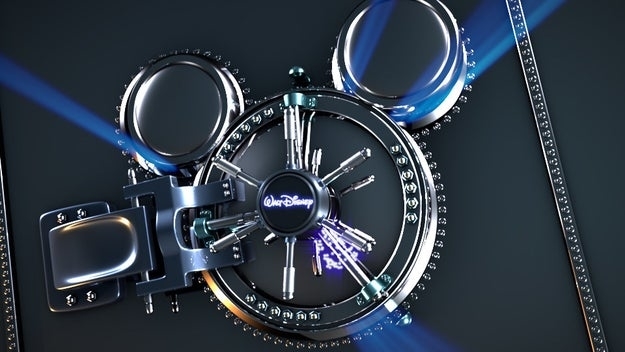
5. The first movie Disney re-released from the vault was Snow White and the Seven Dwarfs in 1944, during WWII. The studio was sort of forced to as they were cash-strapped at the time and were producing propaganda films for the government that weren't really made for profit.
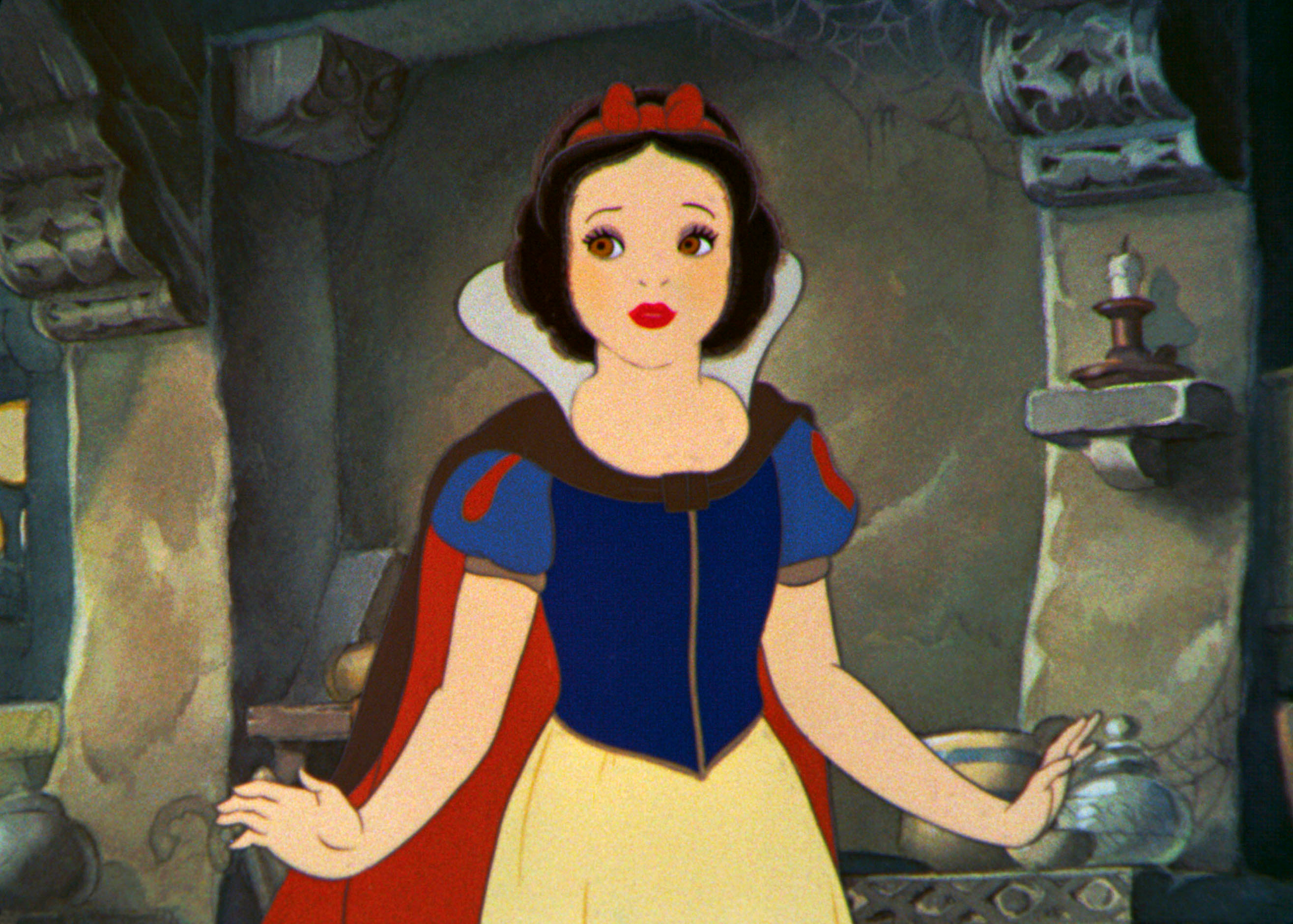
6. The success of the Snow White re-release started the tradition of Disney re-releasing its films into theaters every 7–10 years. This would end in the '90s after Disney decided to release the wildly successful The Little Mermaid onto VHS. Being the first Disney movie to be released on home video following its theatrical run was considered a huge gamble for the company.
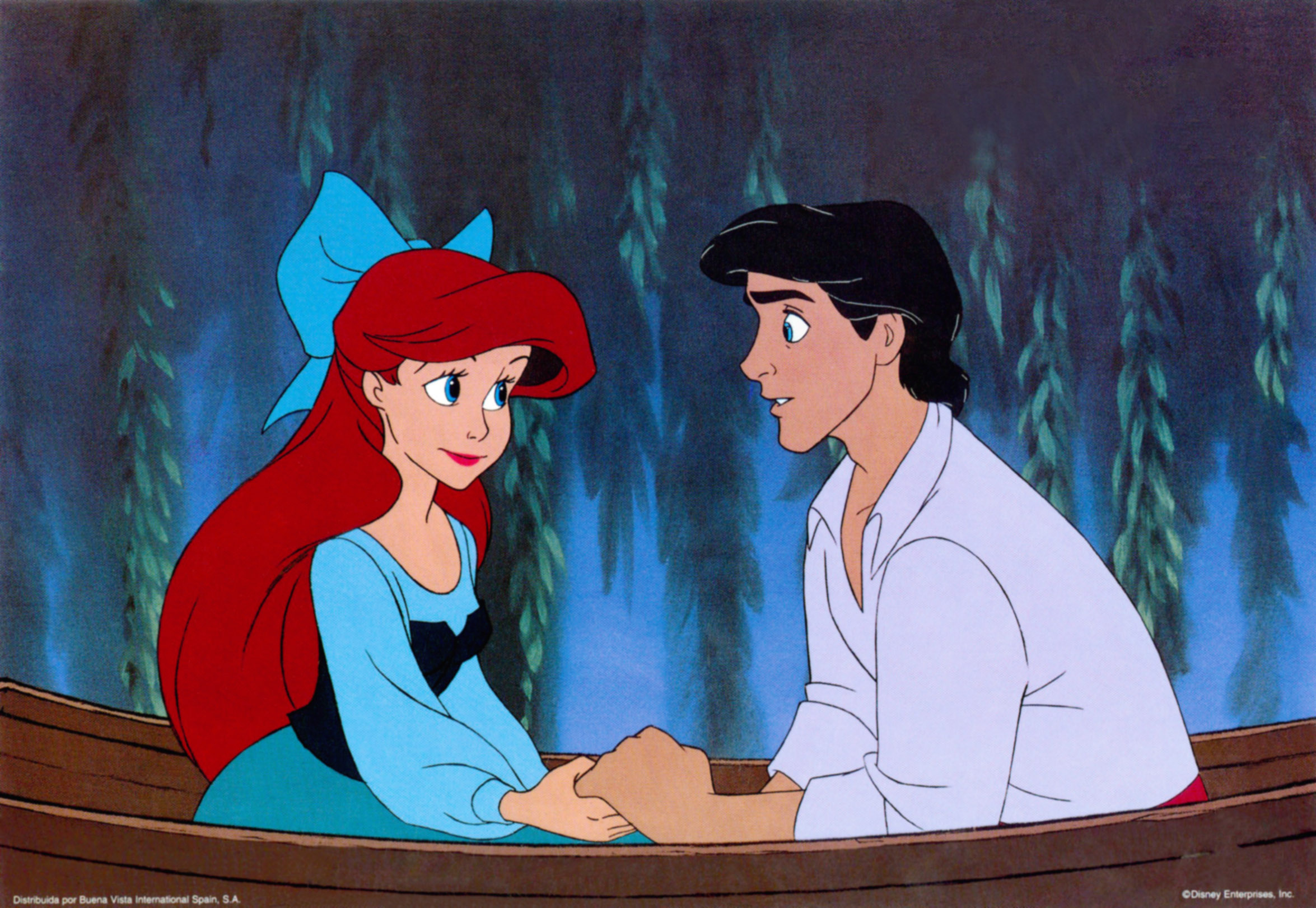
7. The Little Mermaid was released onto home video six months after its release and, of course, went on to become a huge seller. Many at Disney did not want it to be released onto home video as it would cut into the established theatrical re-release model. The success of it led Disney in the 1990s to shift to the home video model, not only releasing its new movies on home video, but also its "vault" movies.

8. Though Disney very much resisted putting its animated movies onto VHS, in 1985, Pinocchio became the first classic Disney animated movie to get released onto home video, and they charged a premium for it, pricing it at $79.95 (which would be around $198 in today's money).

9. The Disney Vault also stopped being a marketing tool after Disney launched Disney+ and essentially made its entire library available for streaming.
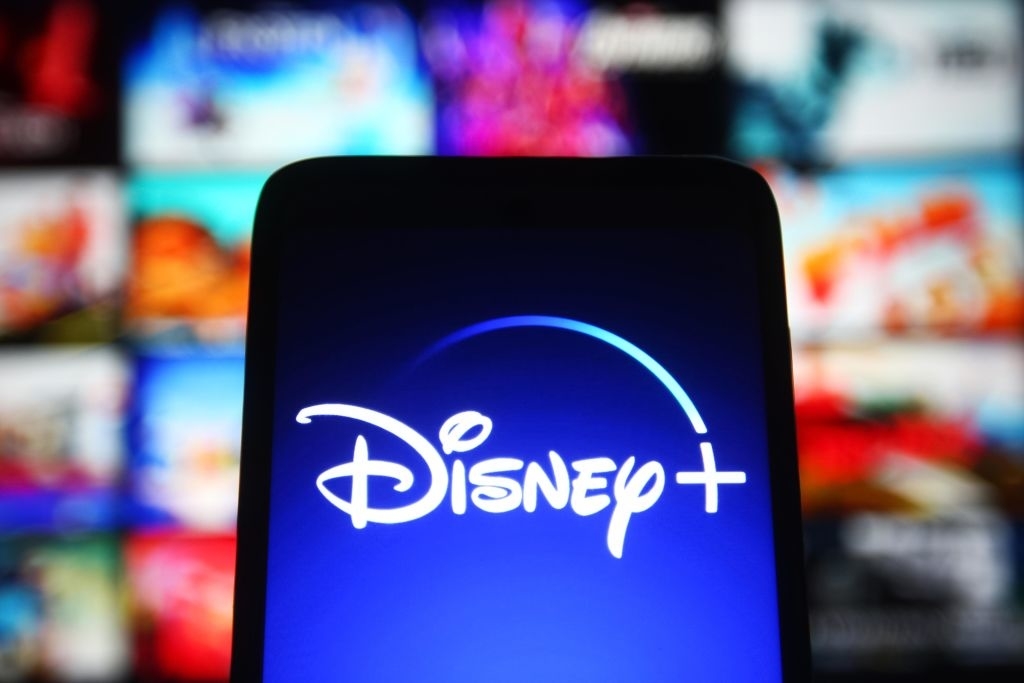
12. Disney CEO Bob Iger, knowing how much losing the rights to Oswald bothered Walt Disney, negotiated to get the rights back from NBCUniversal in 2006. Which is why he now appears in the parks, has merchandise, and even has a brand-new animated short that was made in 2022 to celebrate the Walt Disney Company's 100th anniversary.
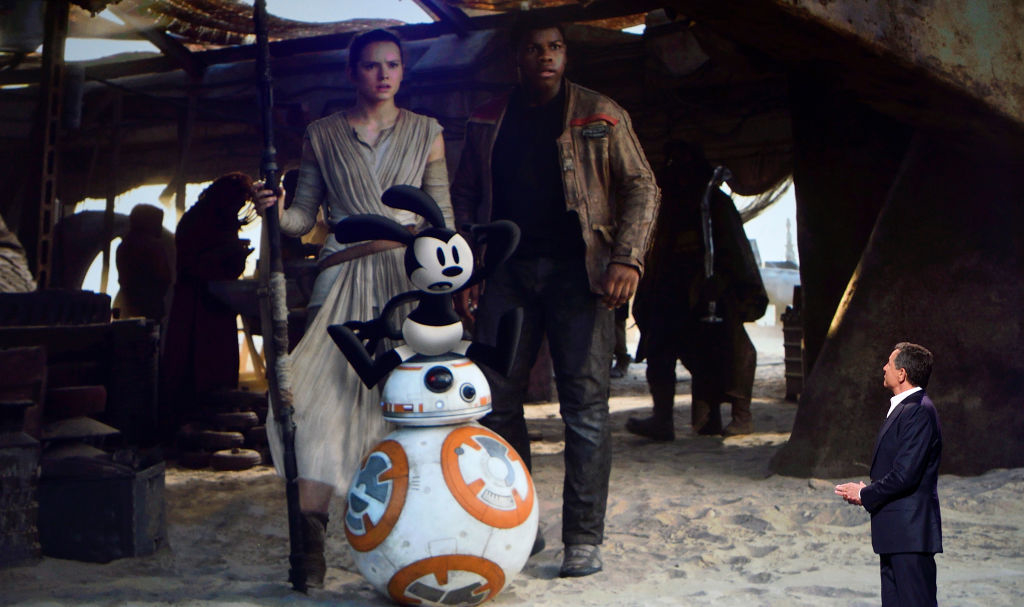
13. The Watcher in the Woods, costarring screen legend Bette Davis and Real Housewives legend Kyle Richards, was Disney's attempt at making more adult-focused content as kids' movies were losing popularity and horror was big (because of The Exorcist). The movie originally had a limited release in 1980, but was pulled from theaters because of bad reviews (mainly because of the ending). After some reshoots and a new ending filmed, the movie was re-released in 1981; however, the movie ended up bombing at the box office — in part because of the press it had gotten for needing reshoots, making people think it was a bad film.

14. Julie Andrews was not the first person to play Mary Poppins on screen. It was Mary Wickes, who played the character in 1949 in a one-hour TV adaptation that was part of CBS’s Studio One series.
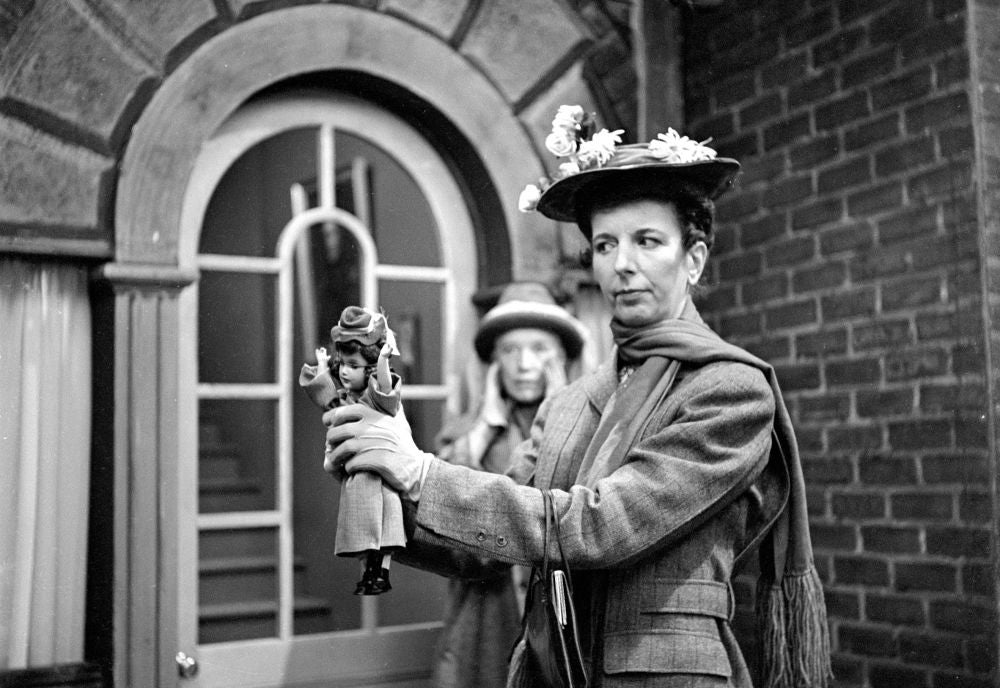
15. However, Julie did also play Mary Poppins on TV! While she never played her again on the big screen, she did play the character a few more times in some of her TV specials.

16. The version of "Beauty and the Beast" that Mrs. Potts sings in the film was the very first take Angela Lansbury sang.

17. Tangled is the most expensive animated movie ever made — costing $260 million to make. The high budget had to do with many factors: One was that the movie was in development since 1996 and had gone through many, many rewrites, then there was the cost of new animation software Disney had to develop for it, and then, of course, it was a labor intensive movie that took a really long time to animate.
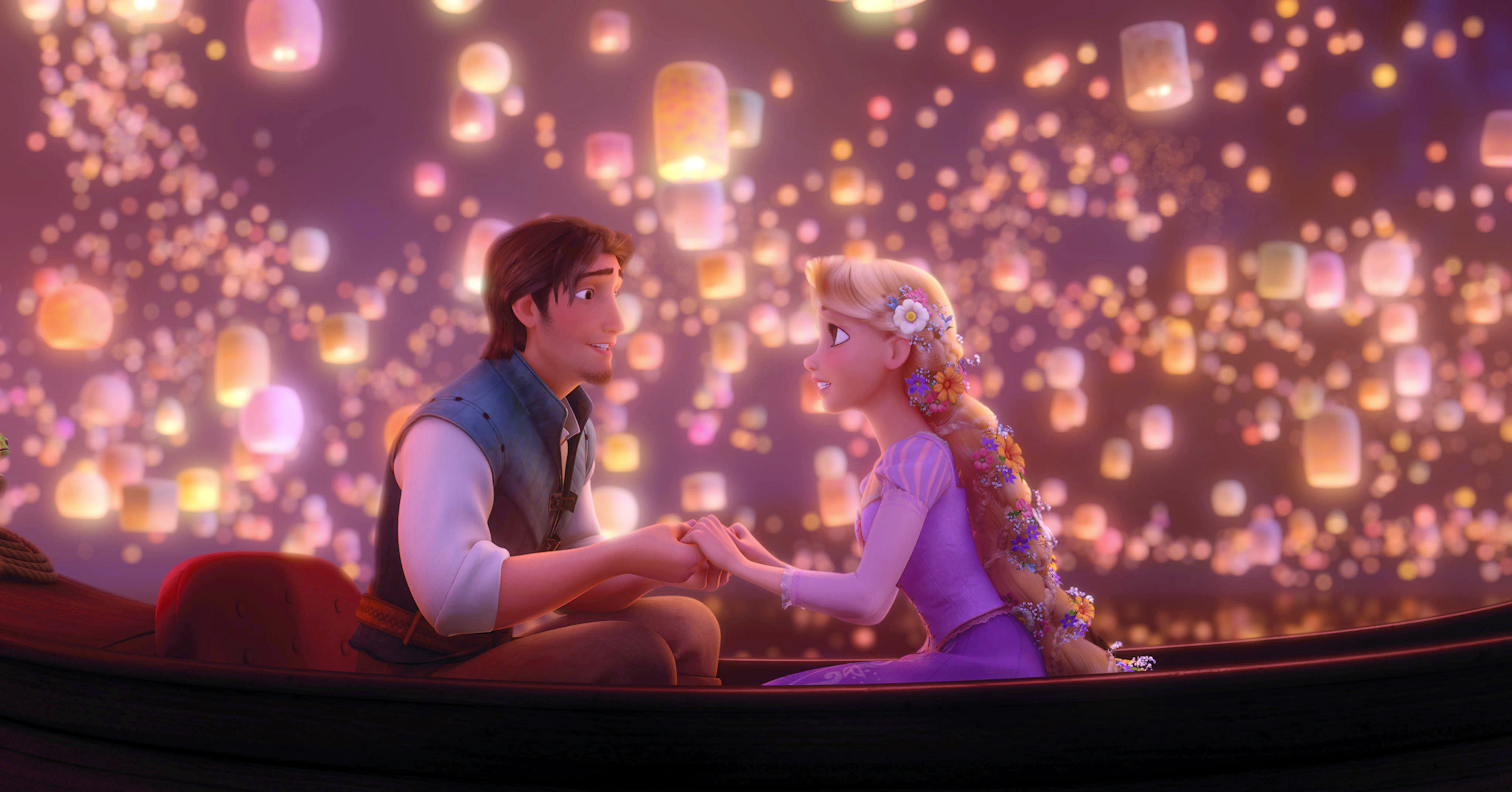
18. Treasure Planet is actually the most expensive 2D animated movie ever made, costing up to $140 million to make. Like Tangled, the movie had been years in development (first pitched in 1985), but it also caused much debate within the studio about what the direction of the movie should be. Though a cult classic today, the movie bombed at the box office and is cited as the reason Disney moved away from 2D animated movies.

19. And lastly, the DuckTales theme song is one of the catchiest Disney songs of all time (and one of the best theme songs ever, IMO). The song was written by songwriter Mark Mueller, who said he wrote the song in about 45 minutes and that the only instruction Disney gave him was that they wanted a pop radio song not a "cartoon song." Mueller would go on to also write the theme song for Chip 'n Dale Rescue Rangers.
View this video on YouTube
And '90s kids, yes, Mueller does have a knack for writing pop radio songs! He actually cowrote Jennifer Paige's 1998 hit song "Crush."

